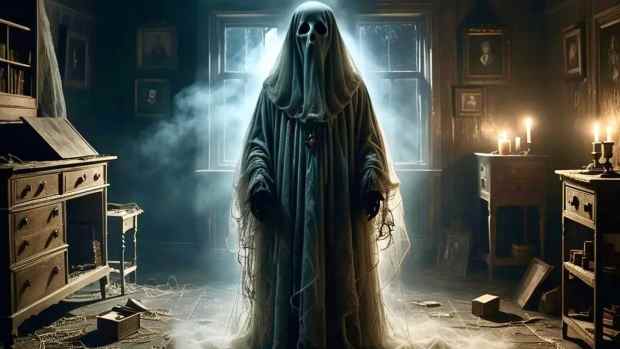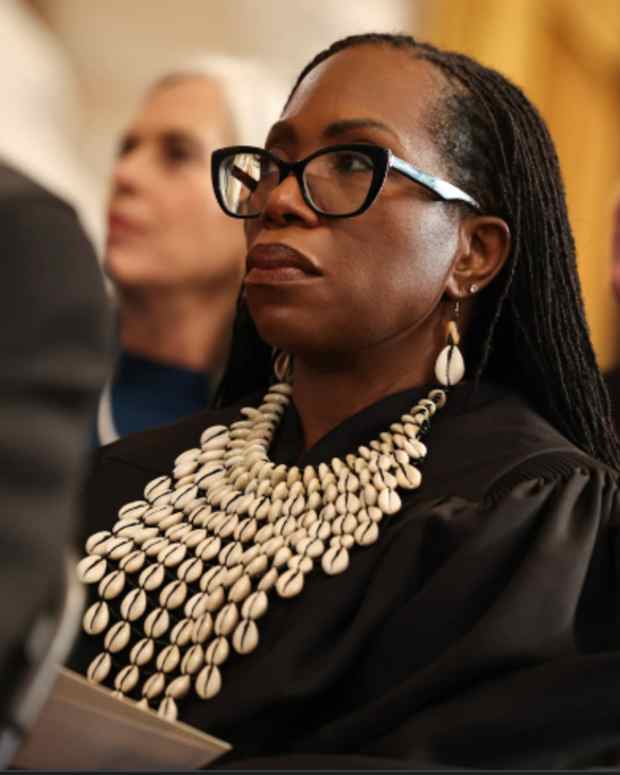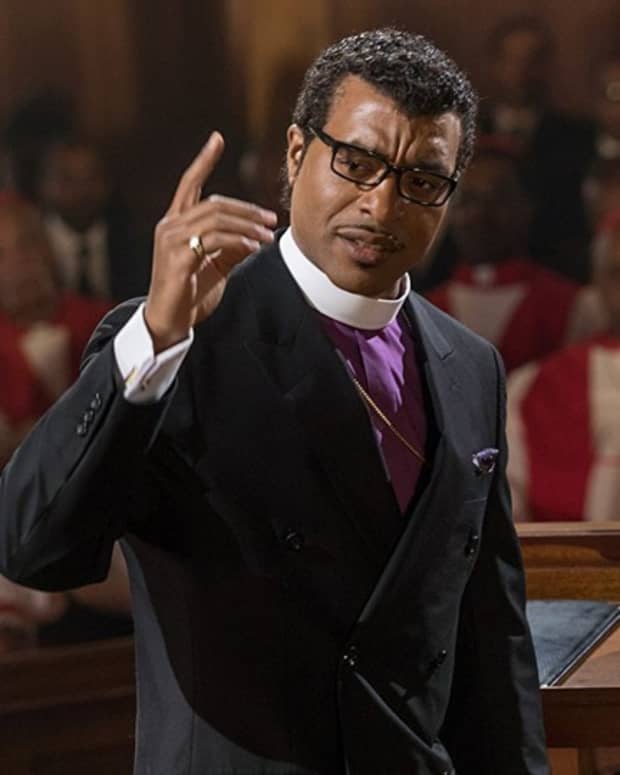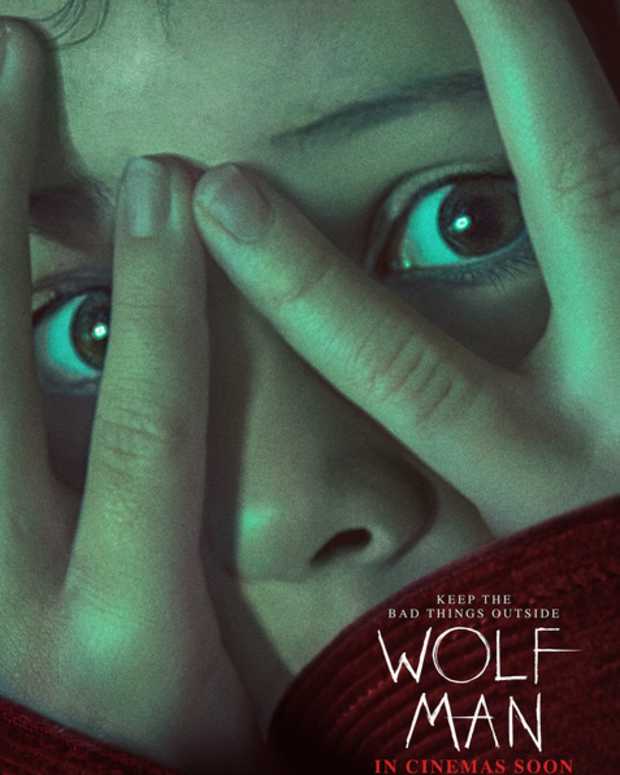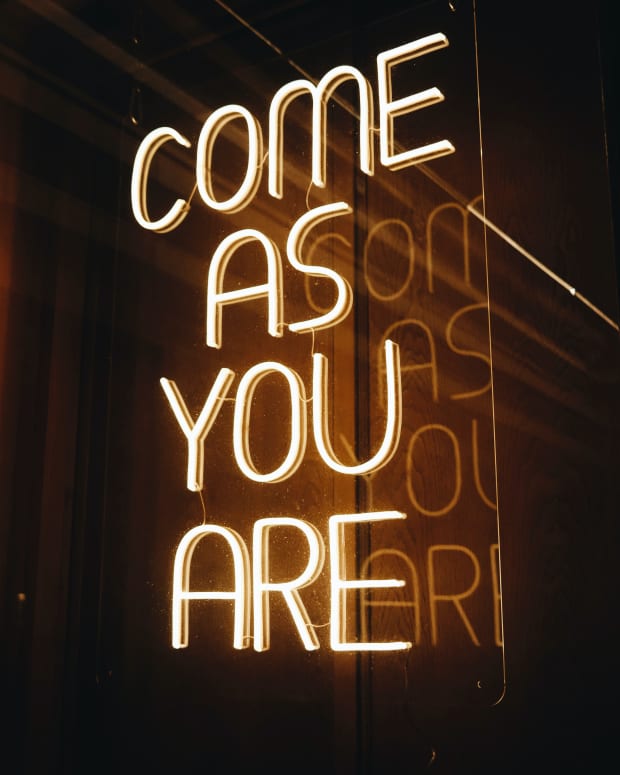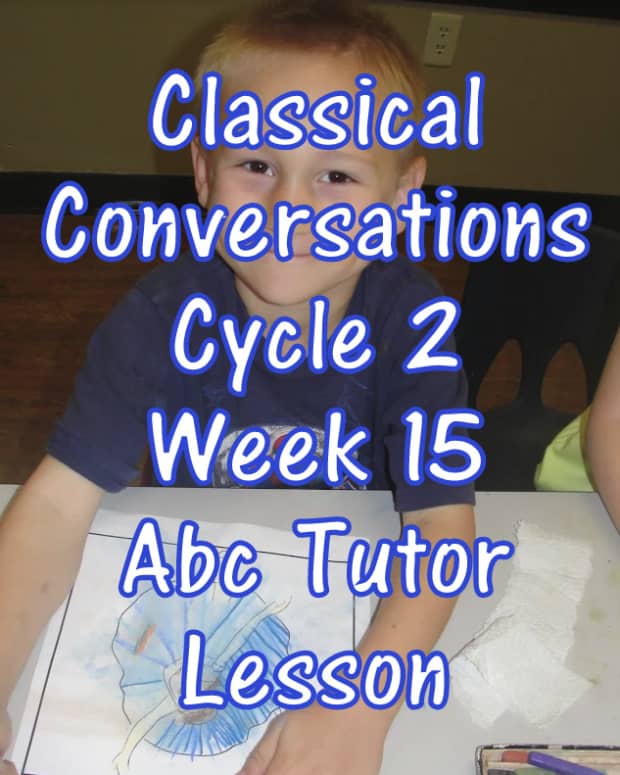An Evening With Aristotle and Victor Shlovsky; How “Poetics” and “Art as Technique” Speak to One Another
Obviously there could have been no evening when Aristotle and Victor Shlovsky might have sat down, perhaps over a drink near a fire, and discussed some of their ideas about literary language. If however, they could have had this imaginary meeting of the minds – translation issues and timeline problems notwithstanding, it is entirely possible that the two thinkers would agree on many points within their sometimes divergent theories about literary arts. In fact, they might concur that Shlovsky’s ideas about “defamiliarization” can actually be seen as an inevitable extension of Aristotle's mimetic theory.
“Poetics” is, of course, one of Aristotle’s most well known writings on what constitutes literary language and why such language exists. In the footsteps of Plato, Aristotle holds to the idea of mimesis – that poetics are an imitation of life. To Aristotle, this practice of imitation is intrinsic to the nature of man and is, in fact, what sets him apart from animal.
He believes this imitation is not only natural, but also perhaps necessary in order for man to live civilly. He tells us this is because we not only learn from imitation, but we find a kind of pleasure in it that we could not derive from seeing or experiencing the same events in real life.
Also, he contends that we need to see such things acted or written out in this mimetic way so that we can vicariously experience them. This act of experiencing, he says, allows us to rid ourselves of emotions that inevitably build up within a person. By feeling these powerful emotions second-hand, we get to “purify” ourselves of our own such emotions, allowing us to operate from reason and logic when conducting ourselves in society.
Victor Shlovsky, counted among members of the Russian Formalist movement, gives us what some might consider a radical idea about the way literary art functions. He says that so-called “economy of expression” has no place in the art of literary language.
In fact, it is most detrimental to his idea about what the purpose of such art truly is. Shlovsky warns us that repetition is the enemy of art – even of life. To Shlovsky, the very purpose of art is to break the habitualization, which “devours works, clothes, furniture, one’s wife, and the fear of war.”
To achieve this, the art must force us to slow down our process of perception and view the work as if it were something we had never seen before. Only through breaking up the pattern of same-ness can one truly see things as they are, or really experience life as it was meant to be. As soon as the art itself becomes repetitive of other works, it is no longer serving its function and begs to be replaced by a new form or technique.
It can certainly be argued that Aristotle held a more rigid viewpoint (he was born into aristocracy, was extremely ethnocentric and presumably more closed-off to the potential contributions of anyone other than the most educated among society).
One tends to imagine Shlovsky as being more liberal in his inclusion of who and where art can come from. This might be a source of some contention at this imaginary fireside chat.
The two might find, though, that their theories are in congruence in that they believe art should evoke emotion in the audience – perhaps the purpose of this emotion would be debated by the two, with Aristotle reminding us that we need to experience emotion via imitation so that we don’t act on emotion in our daily lives. Shlovsky might respectfully add that we need emotion in our everyday lives so that we aren’t just operating out of habit, unfeeling and unmoved by the wonder of anything as we may once have been.
In this way, they both follow a rhetorical line of criticism; the relationship between the text and its audience is of utmost importance. Shlovsky might agree with Aristotle that art’s purpose is to create a certain desired effect on the audience, but he might deviate from the idea that reason and order must exist, that one thing must lead sequentially to another in order to achieve this effect.
Shlovsky might say that the exact sequence or technique matters little, other than the fact that it does achieve an effect on the audience. So, perhaps the two might agree on the ideal purpose of the art, but not on the adherence to a particular formula in achieving that purpose.
While plot was intrinsic for Aristotle – as was the sequential order of events, the “object” of the art would not matter to Shlovsky – it is only the experiencing of the art that constitutes the art, not the other way around.
Aristotle might mention that Shlovsky himself borrows Aristotle’s own line, “poetics must appear strange and wonderful,” in “Art as Technique”. Aristotle holds that poetry is language heightened in that it causes our minds to work above and beyond the capacity required for mere day-to-day activities. On this particular point, the two men might well nod in agreement.
Aristotle was adamant that poetry gets at universal concepts, and Shlovsky was sure that literary arts should seek to re-introduce the familiar, the everyday. In a way, this pursuit of Shlovsky’s does get at a universal concept or issue: the quest to truly live and not to lose the taste and essence of things because of habitualization. Even though this is not a mimetic approach, where it is being said that art imitates life– it does say that art is life in the sense that art reintroduces us to life rather than leave us merely existing, going through the motions.
If the two theorists had actually conversed this way on some imaginary evening and had actually agreed to some extent on the concepts already discussed, they might also agree that the ideas put forth in “Art as Technique” are a natural extension of the concept of mimesis.
If art is, as Shlovsky tells us, the taking of something familiar and re-inventing it or re-introducing us to it, then it is still being replicated or imitated - even if it is in such a way that seems strange or even unrecognizable upon first inspection.
A somewhat realistic and life-like representation may well have served to show people the familiar anew in the time of Aristotle, thus negating any need for extreme distortion. By Victor Shlovsky’s time in history, however, it would have taken a more skewed version of reality to achieve the same result.
This lends itself perfectly to what Shlovsky himself has to say about the way art must continually evolve because as soon as it becomes part of the norm, “it would be ineffective as a device…” While he refers specifically there to the rhythm of language, it is implied that this stands for all elements of literature.
Once we become accustomed to a certain form of imitation, that form is obsolete and no longer serves the purpose it is supposed to. It will inevitably be replaced by a new way of looking at the familiar, of imitating it.
Aristotle might at least consider that this could explain that, through a kind of evolution, Shlovsky’s theory is just an extension of his own.
© 2018 Arby Bourne


